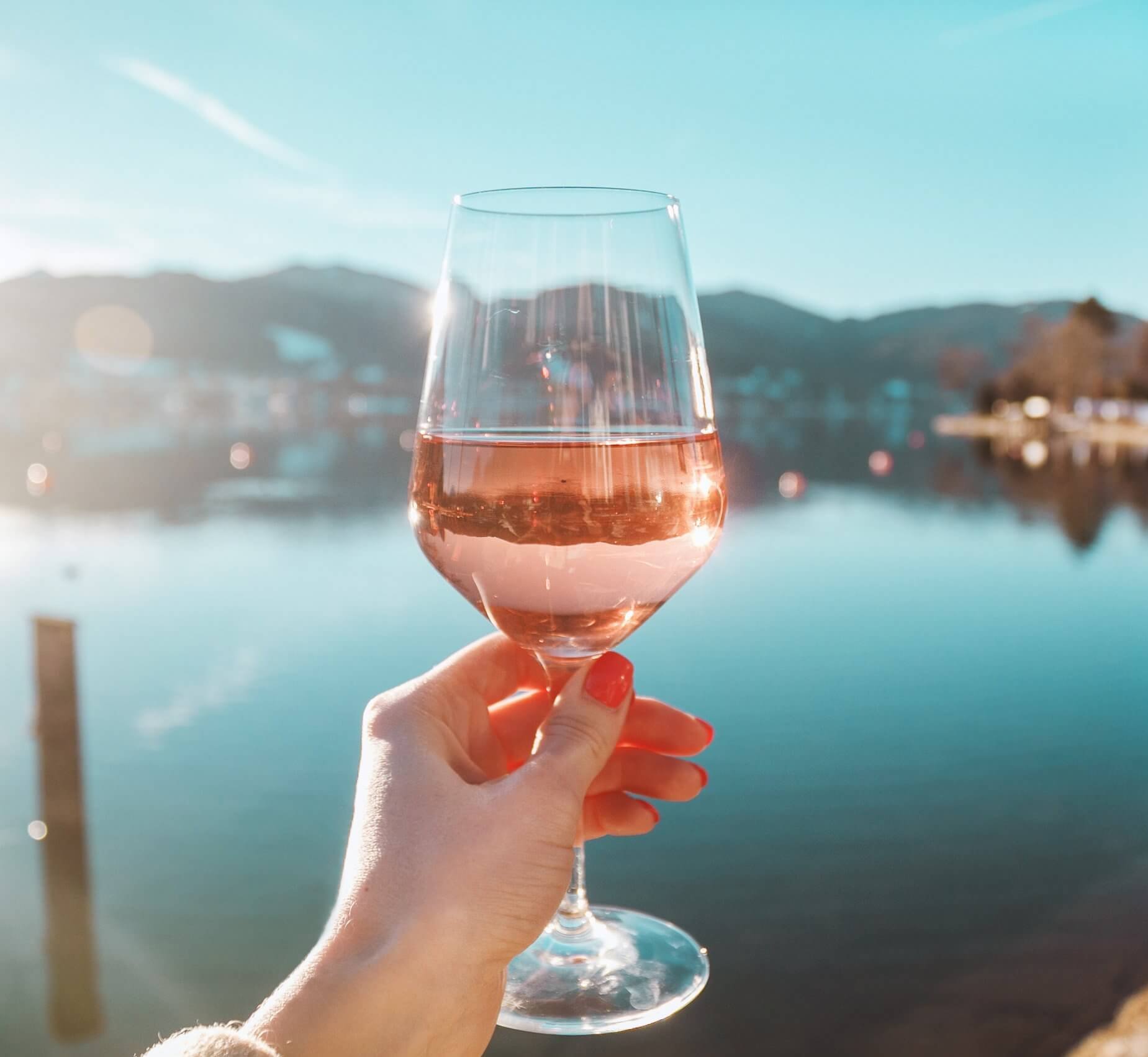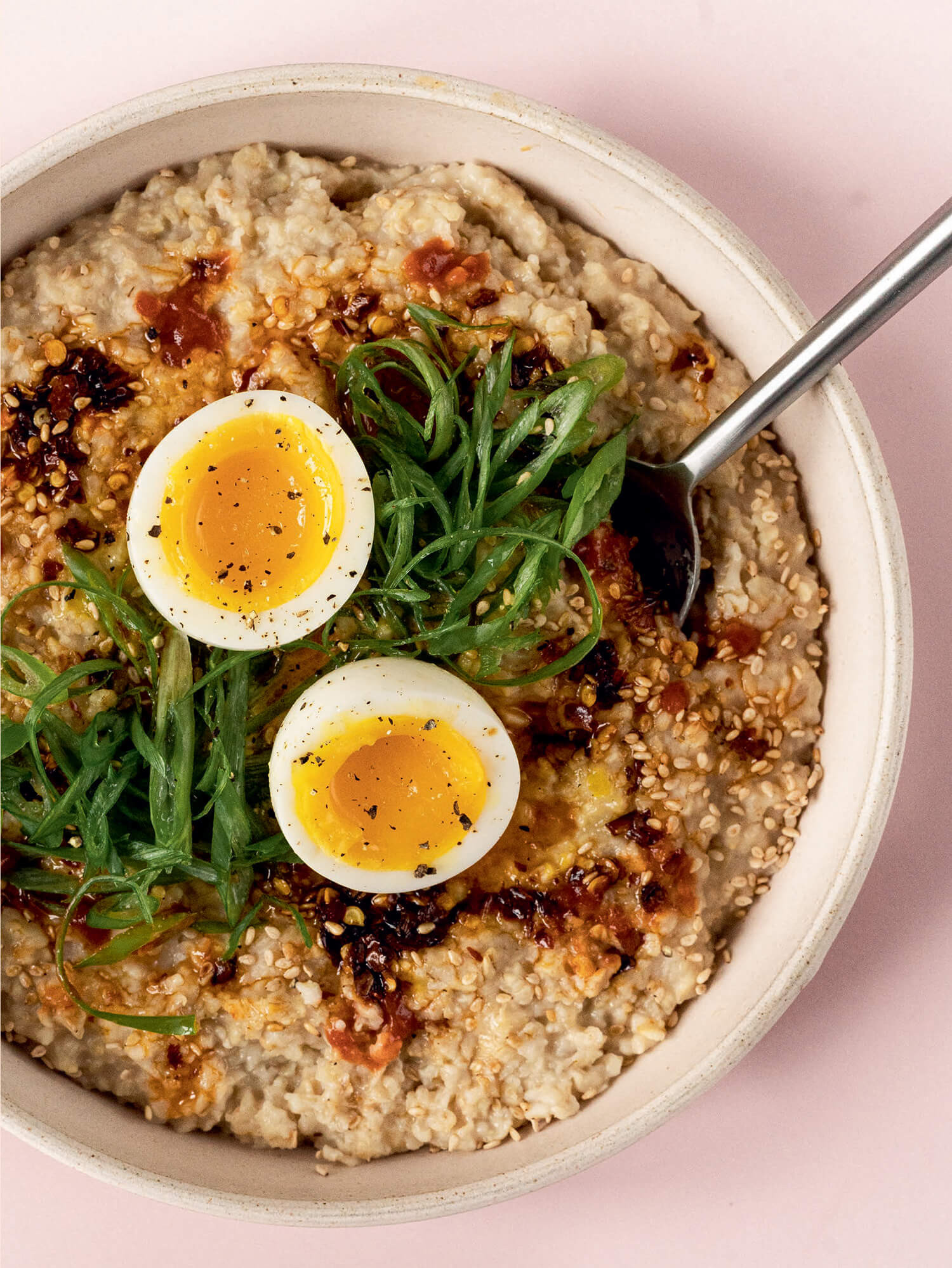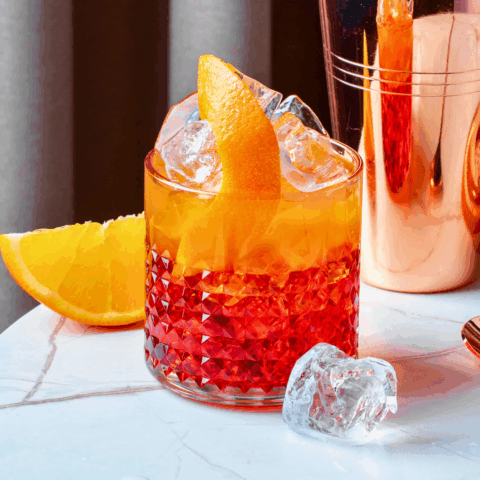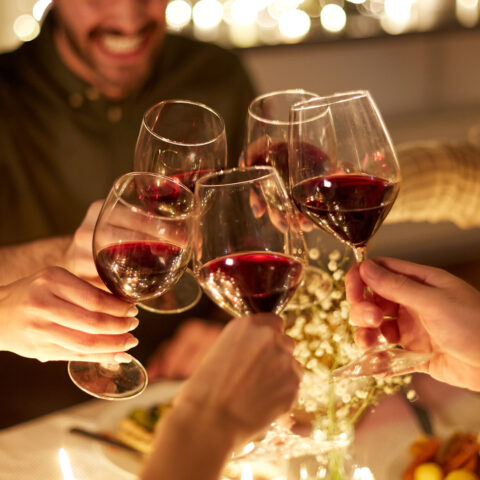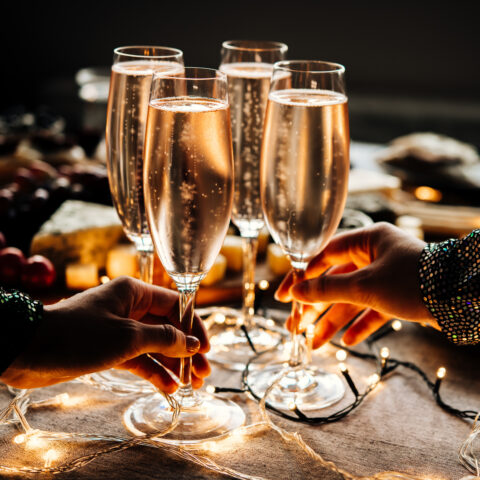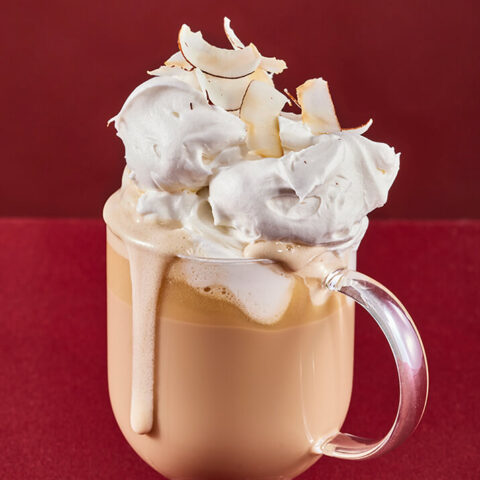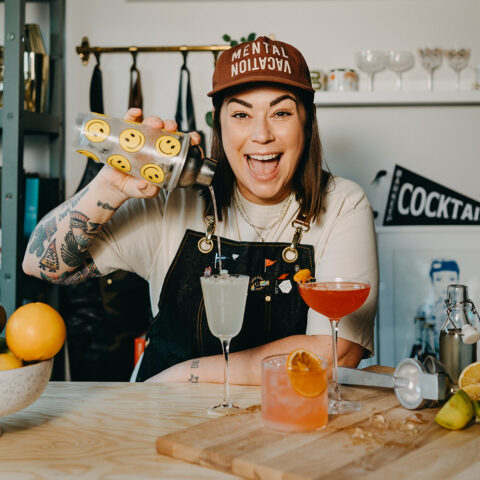You’d be forgiven for predicting that rosé wine would bottom out in popularity, just like the star-studded marriage of Brangelina. Love for the Hollywood couple has, however, contiued (despite the multimillion-dollar divorce, the abuse allegations, the lawsuits and the celebrity squabbles over child custody and ownership of their Château Miraval winery in Provence). The same can be said of our collective and enduring passion for rosé wine.
Growth of pink wine sales in the US grew an astounding 1433 per cent between 2010 and 2020, according to Forbes. Rosé is booming in Canada, too. Sales of VQA rosé wines in Ontario, for example, jumped 47 per cent in 2017 year-over year. And with the likes of Kylie Jenner and John Legend Instagramming their enviable, rosé-all-day lifestyles, the trend isn’t likely to slow any time soon. A host of other factors also keep us coming back for more of the pink stuff, from a rise in rosé quality to its inherent good looks. It is, after all, the perfect photogenic pour, whether you’re sipping it at a chic little Michelin-starred restaurant or lounging in your flip-flops on the dock.
Rosé Wine as Social Sensation
Brad and Angelina might have kickstarted rosé’s popularity when they launched their Miraval label in 2013 – on Valentine’s Day no less – but the run on Whispering Angel a year later in the Hamptons also helped spark desire. It was a shortage of those two Provençal rosés that made front-page news in the New York Post that August to help solidify the wine’s affiliation with the easy, breezy lifestyles of the rich and famous.
“Rosé running dangerously low in the Hamptons,” ran the headline. “The summering hordes have been tirelessly swilling all season long.”
Fast-forward to 2021 and you can now find that phenomenon bottled – literally. “Hampton Water” is quite likely sitting on your local liquor store shelves at this very moment. The Français-style rosé is the result of a buzzy collab between Jon Bon Jovi, his son Jesse, and famed French winemaker Gérard Bertrand. Other celebs have gotten in on the action too. Stars such as Drew Barrymore, Gia Coppola, Dave Matthews and Dwyane Wade all have rosé side gigs.
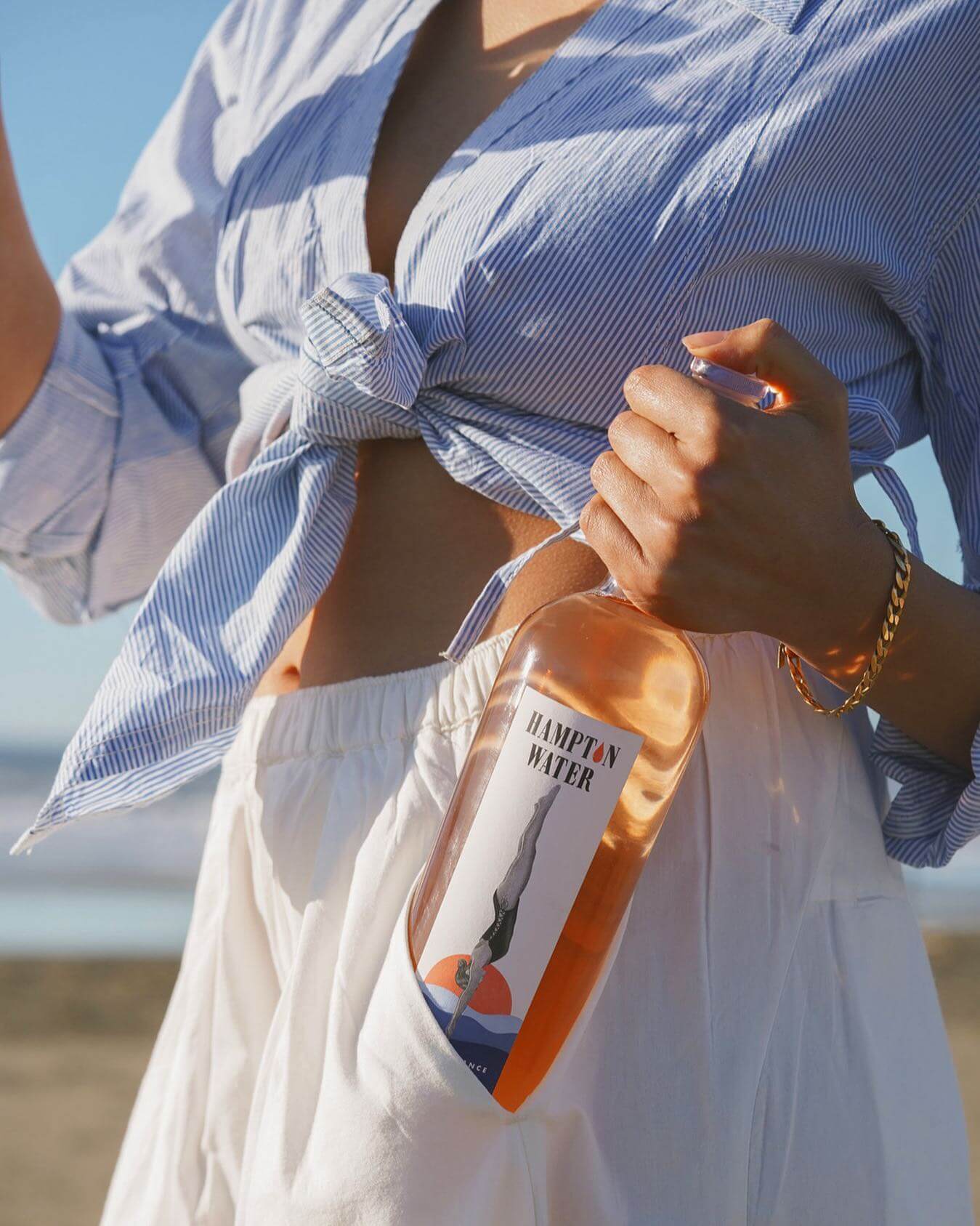
Rosé has definitely benefitted from catchy marketing. Search “Rosé All Day” on Amazon and find all sorts of goods capitalizing on the catchphrase, from T-shirts and totes to cocktail napkins, journals, sun hats, even hair dye and a creamy highlighter-blush intended to, no doubt, give you the perfectly glam, ready-for-my-closeup, rosy glow.
Rosé All Day! Think Pink! And then, Make Way for Brosé, a savvy marketing tactic that successfully doubled its potential customer base by burying the antiquated notion that pink was only for girls. “Forget craft beer. These days, guys are toasting summer over bottles of blush,” read one GQ article back in 2015.
Rosé is the Playful Way: Of Pink Wine and Pink Cocktails
“There wasn’t much out there when it came to rosé [a decade ago],” says Ashley Rose Conway, author of Celebrate Rosé: Cocktails & Parties for Life’s Rosiest Moments. “Then, all of a sudden, here comes Miraval with its beautiful bottle and celebrity culture. I think that helped propel that particular brand, and along with it, the whole rosé category.”
In the past, many associated rosé with sweet and cheap white Zinfandel, says Conway. “We have that to blame for the old reputation – it was a dark period in the pink wine space.”
Rosé has long been a go-to for Conway, however. The mixologist (and yes, her real middle name is Rose!) is a fan because of the wine’s versatility.
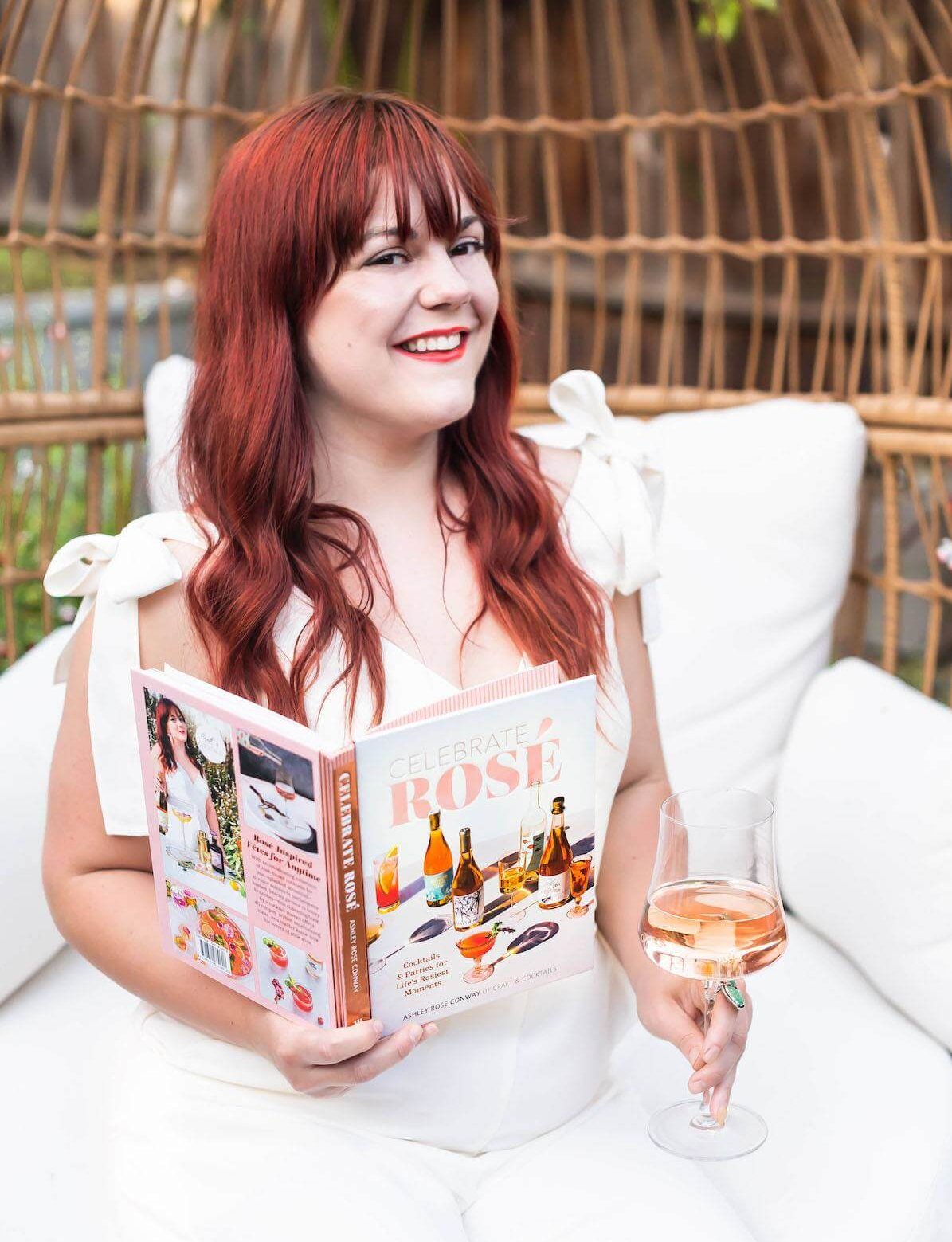
“I find rose is easier to balance in a cocktail than, say, a red, which can be a little difficult with some of the complexities you can find – it can get a bit muddled,” she says. “I like to use rosé because it has nuances depending on the varietal. If you want a super-crisp, light, three-ingredient cocktail, paired with Lillet and grapefruit juice, I’d use a Pinot Noir rosé which has a little minerality, and it’s light. But if you’re going to do a multi-ingredient cocktail, a Provençe-style rosé could get a little bit lost, so I’d use a heftier, thicker-skinned varietal – a Cab Sauv or Zin rosé – to cut through the juices, syrups and other ingredients.”
You can find more than 40 recipes in Conway’s Celebrate Rosé, from a classic-with-a-twist Rosé 75 to a Watermelon Raspberry Rosé Granita. The book also captures the pink-loving zeitgeist with gorgeous photos and how-to tips on pink-themed tabletop décor, party planning and rosé wine and food pairings leaving you to wonder just who wouldn’t want to live in that rose-coloured world?
Rosé is Good Beginner Wine and Foodie Favourite
If rosé’s varietal range makes it a solid mixologist’s staple for the bar cart, its popularity is also due to its perceived accessibility. Consider a top Google search query: “Is rosé a good beginner wine?”
We posed that question to Kelcie Jones, who recently took home the 2023 Best Sommelier of B.C. award by the Canadian Association of Professional Sommeliers. “It’s an interesting perception,” Jones says. “I personally wouldn’t categorize it that way, but maybe because it’s a style – [when you ask for a] ‘dry rose’ you’ll get one option. That’s a little bit easier to roll with as your order – like ordering a dry martini. Whereas if you say ‘I would like white wine,’ you might have 17 options [to choose from]. The intimidation factor is high with the global world of wine.”

Although Gen Z might have been the early adopters of the rosé lifestyle (because they first fell for the pretty package and then bonded over the great value for the price point) Gen X and Boomers are getting in on the action too. Rosé’s widespread appeal, generationally speaking, has helped fuel double-digit sales growth these past few years for both sparkling and still styles. That the wine is now considered a year-round choice, rather than simply a summertime novelty, contributes to its ongoing and powerful performance.
Rosé is food-friendly too, making it a popular order, says Jones – in particular, cool-climate Canadian rosés with their zippy acidity and fresh, fruit flavours. For summer dining, the sommelier enthuses about an Okanagan Cab Franc rosé paired with shellfish: Imagine harissa prawns on the grill; and elegant Pinot rosés served with salads that come tossed with bright vinaigrette, burrata and fresh, sun-ripened berries.
Best rosé for a dinner party? The pro suggests those Pinot Noir rosés that are elegant and crisp with lots of fruit aromas and complexity to please a crowd.
Rosé: Beyond the Pale and Provençal
What’s new and exciting for wine lovers is that both rosé assortment and quality level has been steadily increasing to meet today’s demand. According to one report from the Conseil Interprofessionnel des Vins de Provence, a collective of winemakers and retailers from the iconic winemaking region, the oenophile-leaning French are now drinking more rosé than white wine!
While the last few years have seen pale, Provençal-styles trending, the landscape is getting deeper and more interesting, with darker rosés on the rise, says Jones. You could also call them very light reds. Look for an Italian Cerasuolo d’Abruzzo style of rosé which, she says, is delicious and cherry-coloured with intense red fruit flavours and tannic structure (yet incredible freshness).

The Ontario-based Wine Rack chain, with 164 stores from Timmins to Toronto, has more than doubled its rosé sales since 2019 thanks to a growing offering. At the forefront, its Saintly The Good Rosé – still and sparkling versions – and Bask Crisp Rosé. Both Saintly bottles are plush, fruit-forward blends with medium body and freshness; while Bask pitches itself as a wellness-minded, almost-zero-sugar option for today’s Keto crowd.
Even non-drinkers can live the rosé lifestyle, thanks to a booming lineup of alcohol-free pinks. At upsidedrinks.ca, for example, the Quebec-based alcohol-alternative online retailer, you’ll find “alcohol-liberated” rosés such as the Spanish Noughty Tempranillo Sparkling Wine made with 100 percent of that classic grape, as well as Odd Bird, a zero-percent rosé made from Chardonnay and Pinot grapes plucked from vineyards in the Languedoc-Roussillon region in France.
Another option: Leitz Eins Zwei Zero Non-Alcoholic Sparkling Rose is made by the Leitz vineyard, a 200-year-old site in the German Rheingau region. It uses the same elegant and fruity Pinot Noir grapes for both its alcohol-free wine as its traditional Pinot Noir. Even after de-alcoholization, the Eins Swei Zero bubbly retains the grape’s refined character and flavours.
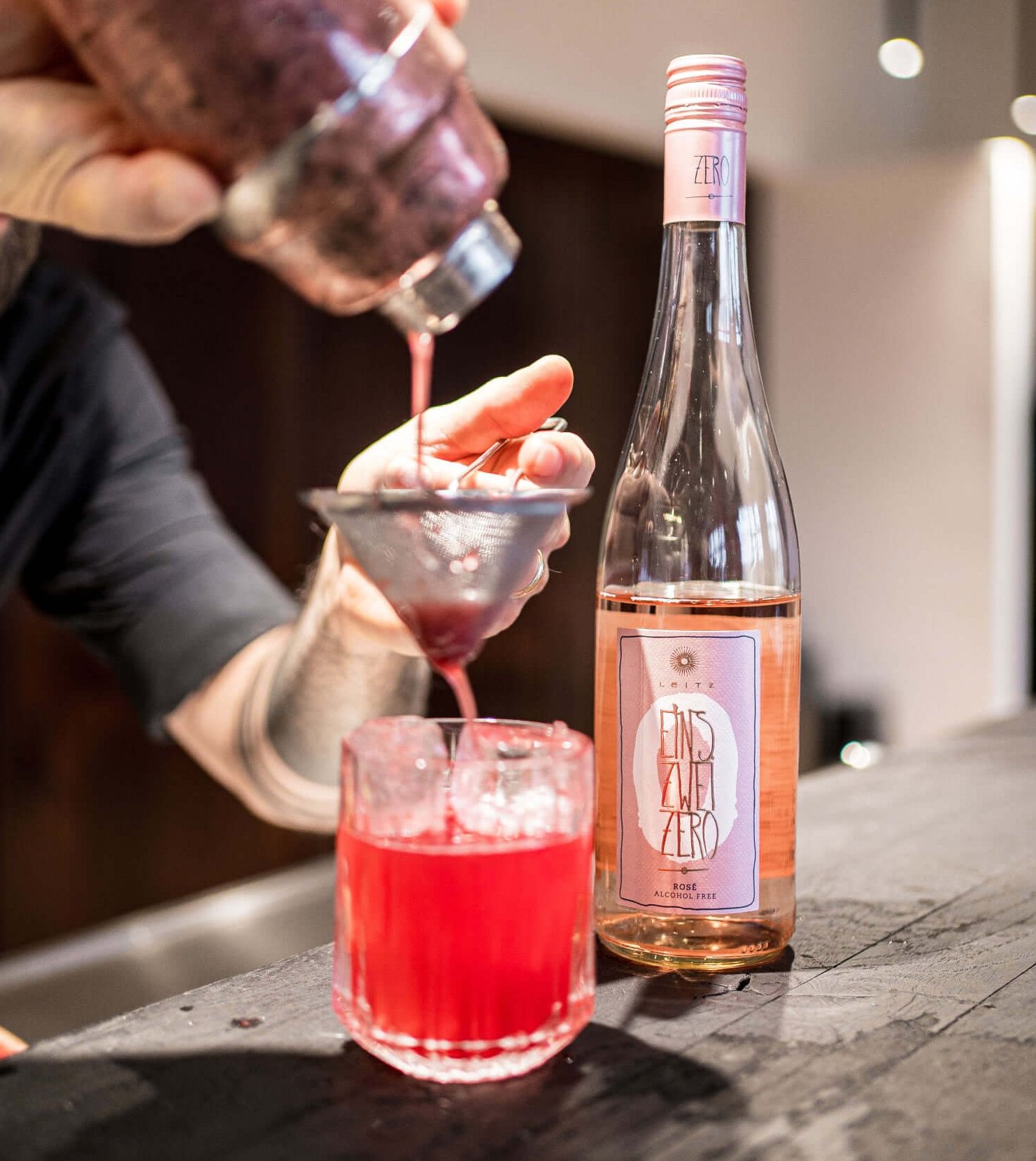
Pink Ahead: The Future is Rosy
It’s a mix of that Pinot Noir with Gamay and Cabernet Franc behind the top-selling pink Ladybug Rosé at Malivoire, the renowned, sustainable winery in Beamsville, Ont. Since the debut of that coral-pink, crisp and fragrant wine back in 1998, the company has added two Pinot Noir rosé brands – Rosé Moira and Vivant Rosé – plus its sparkling, Pinot Noir Bisou to its rosé roster. And as with many wineries, you can now buy your favourite Malivoire pink wine in cans, which says winemaker Shiraz Mottiar, is all about convenience and portability where glass might not be the best option. “The pool, cottage dock, picnic – all of these situations are perfect for rosé in a can.”
Rosé sales for Malivoire have “exploded and hit an all-time high,” over the past five years, and Mottiar, who sees the momentum continuing. “It is the rise in quality that is exciting,” he explains, when asked about the future of pink. “For so long, only a few regions of the world focused on making premium rosés. In other regions, too often rosé was made from lesser fruit in poorer years when making a good red wine would be difficult. Now, it is a primary focus to create great rosés by so many. I am also excited that rosé comes in so many shades: from peach, cantaloupe, salmon, watermelon and everything in between. And the idea that paler means drier is not the case anymore. There’s so much to discover!”
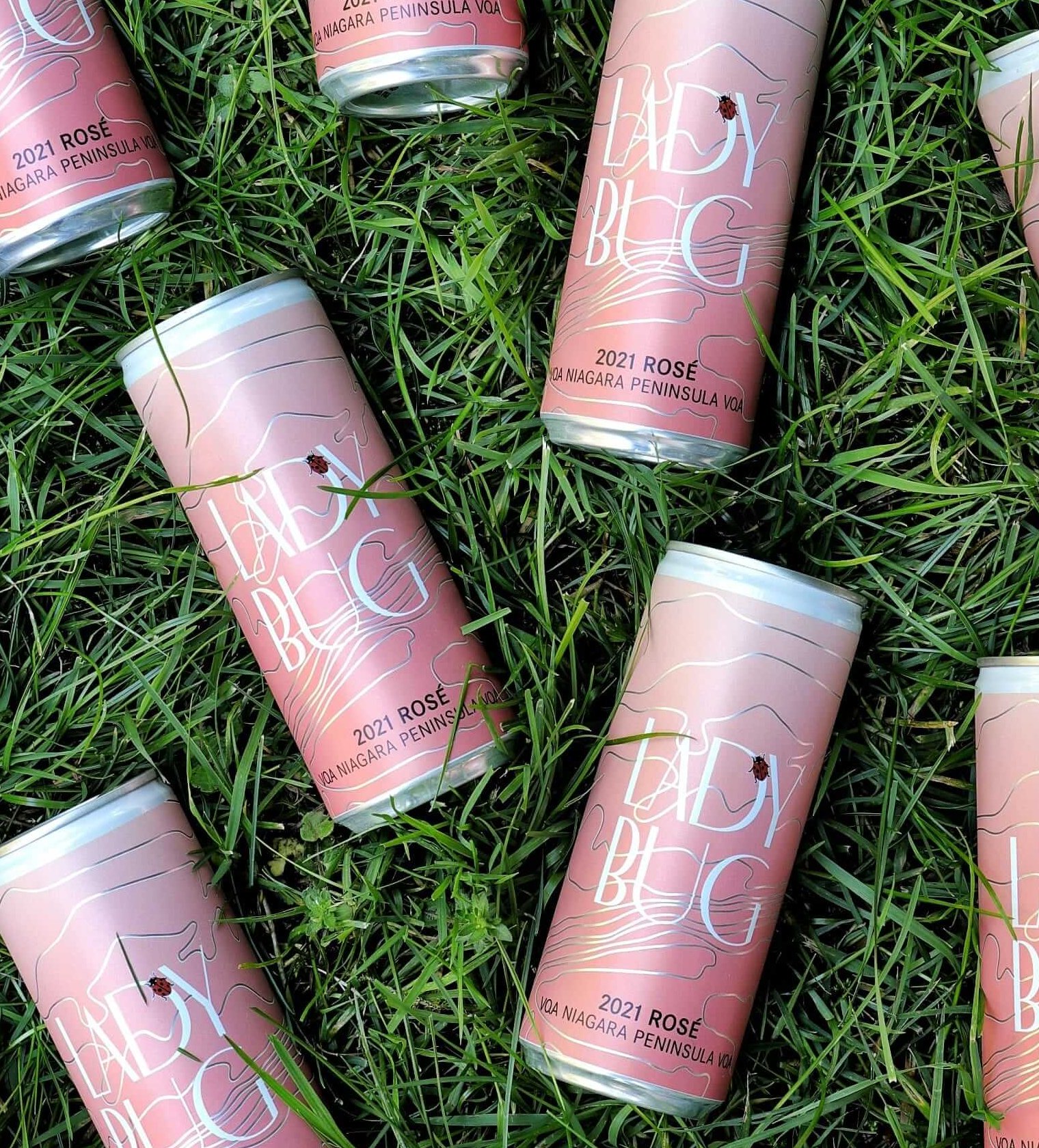
There’s clearly a rosé for everyone: from dry, crisp Provençal styles to rounder, richer and cherry-pink pours, plus options for abstainers and the sober-curious. And who doesn’t want to live that life. Rosé ambassador and author, Conway, explains the draw of pink: “You can just picture the setting where we’re going to be drinking rosé,” she says. “It’s a beautiful sunlit summer day, 85 degrees. We’ve closed our laptops for the weekend. We’re hanging out with friends in the park or in a restaurant. It’s definitely a lifestyle.”
Cheers to that. Beyond the practical reasons we’re all enjoying rosé – the quality, the versatility, the food-friendliness, the social cred and its good looks – it embodies an optimism and joy that we can’t get enough of.

